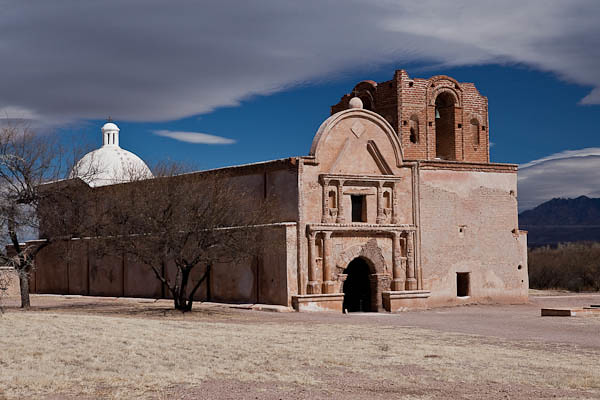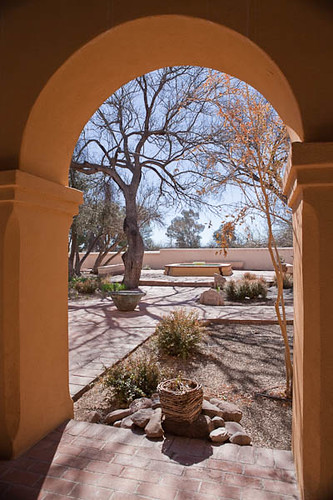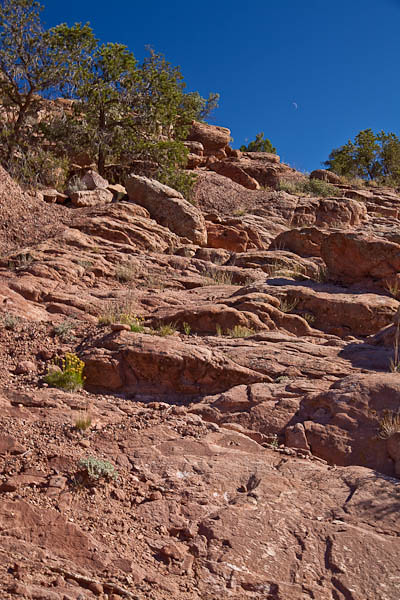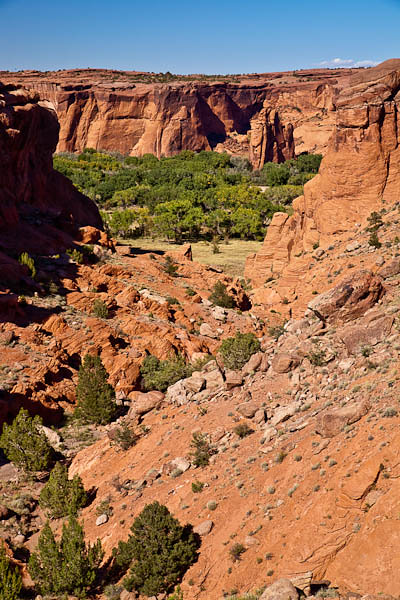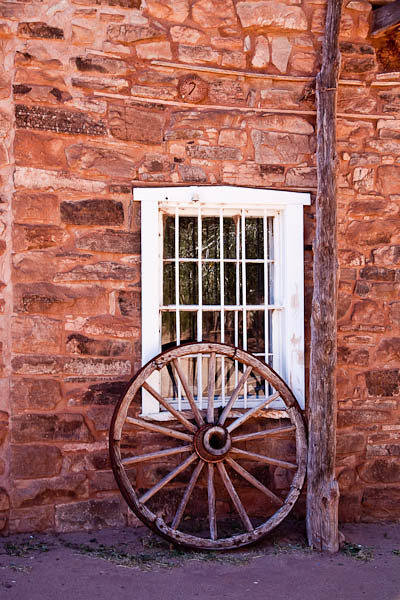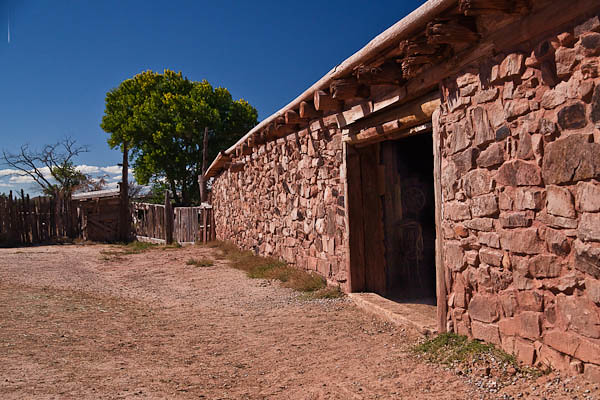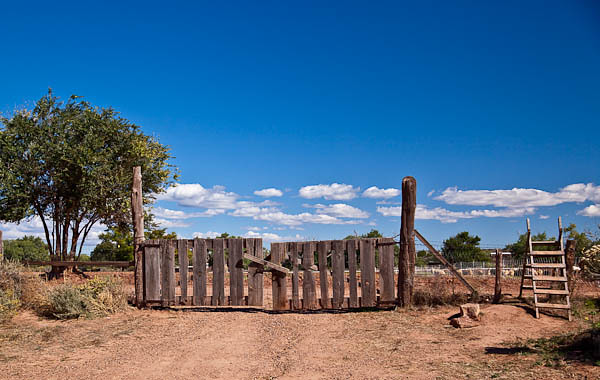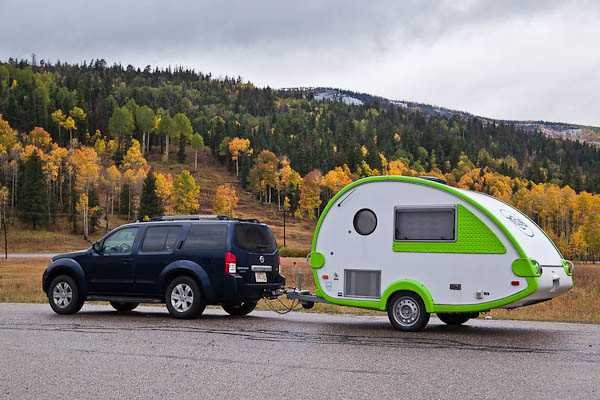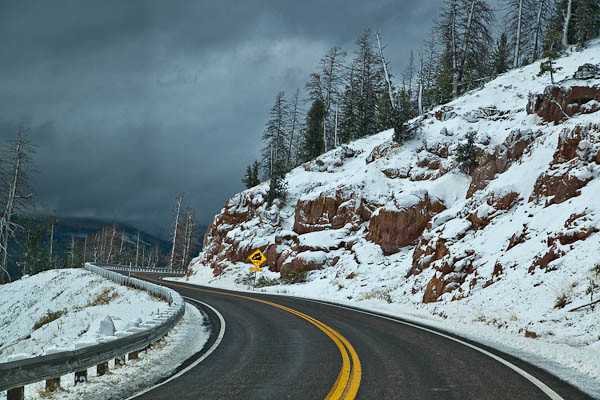https://drcarlosarzabe.com/dr-carlos-arzabe/ I’ve spent a couple of days visiting the Tumacacori National Historical Park in Tumacacori Arizona, a tiny village about 50 miles south of Tucson.
Tramadol Mexico Buy The mission of San José de Tumacácori was founded in 1691 by a Jesuit missionary, Father Eusebio Francisco Kino. The Spanish mission was built on the site of a Pima Indian village.
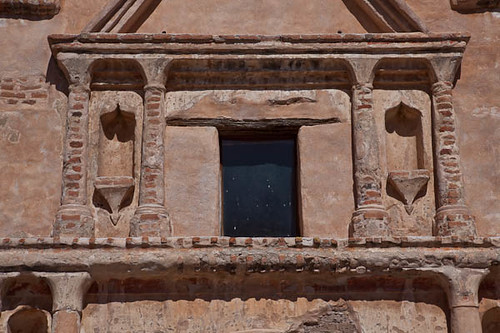
https://www.petwantsclt.com/petwants-charlotte-ingredients/ Detail of Tumacacori Mission Church © 2011 Bo Mackison
Construction began on the massive adobe church in 1800, but it was never completed. The people who lived at the Tumacacori mission eventually moved northward and settled at the Mission San Xavier del Bac in Tucson, another of the more than twenty mission sites founded in the southern Arizona and northern Mexico by Father Kino.
The exterior of the church was originally painted bright colors–yellows and reds, and detailed with black. It was a most impressive structure to the indigenous people who visited the mission.
The mission has been under the administration of the National Park Service since 1916. One of the Park Services main objectives is the continued preservation of the adobe mission church and the adjoining structures which include a granary, a mortuary and cemetery, and other archeological features in the 300+ acre park.
The garden which is adjacent to the Visitor Center (itself an historic structure built by Civilian Conservation Corps in the 1930s) is planted with nut and fruit trees, and herbs that were introduced to this area by the Jesuit missionaries. It also has an area of native plants including many cactus varieties.
I found the garden a lovely place to sit and reflect on each day’s journey. It has a sparkling fountain as its central feature with walkways throughout the arbor and gardens. The shade from the mature trees offers protection from the desert sun, welcome even in the month of February.
——————
Bo Mackison is a photographer and owner of Seeded Earth Studio LLC. She is living in Tucson for the next eight seven weeks, exhibiting her photography in art shows, taking photographs of Arizona landmarks, both historical and natural, and blogging about photography, art fairs, and learning to live on her own. Her mantra is “Bo goes solo!”
